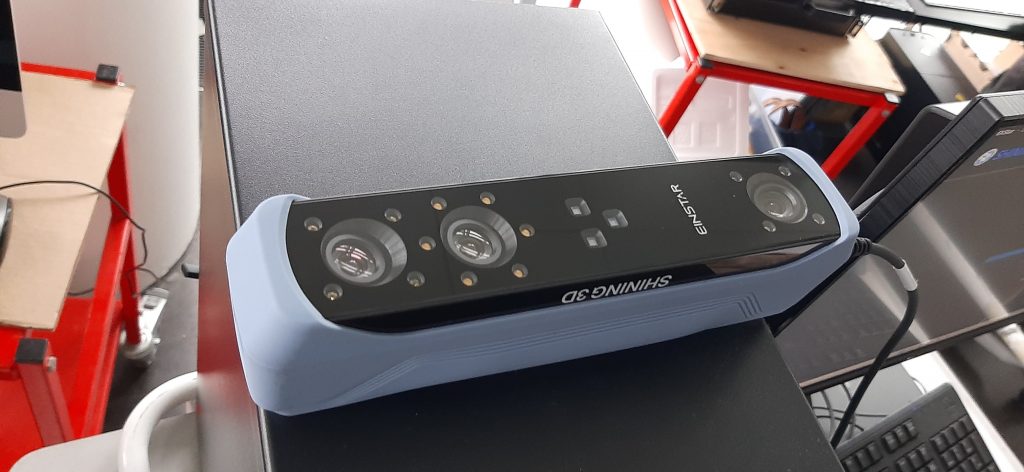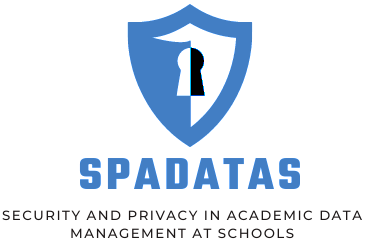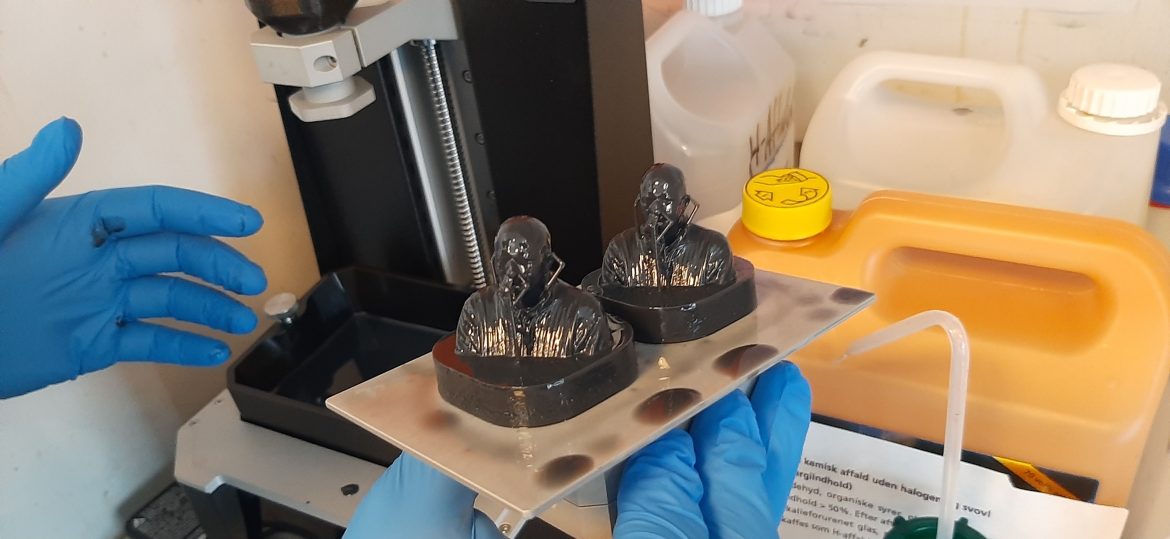Ørestad Gymnasium is at the forefront of exploring new technologies and addressing the ethical and legal challenges they bring. With the integration of 3D printing, 3D scanning, and deepfake technology into the curriculum, students and teachers are investigating how these tools are reshaping our perceptions of reality—and how they intersect with GDPR and data privacy regulations.
As part of their high school education, Ørestad students engage with topics such as Fake News and Deepfakes, learning how easily media can be manipulated in today’s digital landscape. The school has invested in advanced tools like a 3D printer, 3D scanner, and modeling software, allowing students to create and modify digital personas. These models can then be used in various applications, from game characters to 3D-printed objects, showcasing the creative possibilities of digital imaging.
However, the technology also brings awareness of deepfake manipulation risks. With even a single photo, anyone can create a video that manipulates the person’s actions, words, or even songs. Simple, free tools make it possible to create convincing deepfakes, highlighting the ease of altering reality and the potential implications for privacy and truth.
An example is the Mona Lisa deepfake, where her iconic portrait was transformed into a moving, lifelike animation. This technology demonstrates both the power and risks of digital manipulation, making it essential for students to understand the impact on personal data rights and the role of GDPR in protecting individuals.
For more insights on this initiative, check out the Mona Lisa deepfake example here: Deepfake of Mona Lisa


